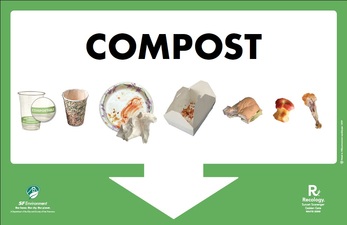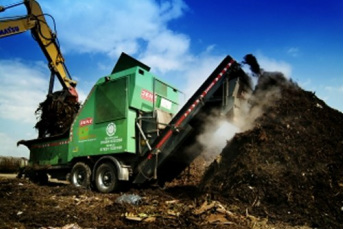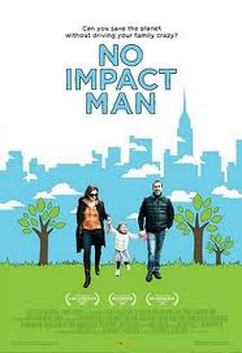San Francisco has earned its reputation as the Greenest City in North America. In 2012, the city celebrated the landmark of composting 1,000,000 tons of municipal compost. This is a momentous achievement that was obtained through ambitious legislation fueled by a caring constituency. In the past few years, the city of San Francisco has made huge leaps in making compost programs convenient and available. Already, the city diverts 78% of their waste through recycling and composting, and they have a zero waste goal for 2020. (City and County of San Francisco Office of the Mayor) the key to their success is team work. The City works with the San Francisco Department of Environment, as well as Recology (http://www.recology.com/) to expand the compost outreach to all facets of the large city community.
Citizens must not only be able, but also willing.
Though the city of San Francisco has made relatively convenient for citizens to compost, the program con not be successful if the constituency does not understand the importance of waste reduction. An important tool the City promotes citizen participation is through education. San Francisco was the first city to implement a lunchroom composting program in schools, Food to Flowers (http://sfenvironmentkids.org/teacher/food_flowers.htm). The program forms a connection between the children and the earth as well as fosters positive habit formation. If they compost in their schools, they are more likely to compost at home and for the rest of their lives. Food to Flowers has reached over 100 schools in the San Francisco area and similar programs in other cities have spouted up.
Citizens must not only be able, but also willing.
Though the city of San Francisco has made relatively convenient for citizens to compost, the program con not be successful if the constituency does not understand the importance of waste reduction. An important tool the City promotes citizen participation is through education. San Francisco was the first city to implement a lunchroom composting program in schools, Food to Flowers (http://sfenvironmentkids.org/teacher/food_flowers.htm). The program forms a connection between the children and the earth as well as fosters positive habit formation. If they compost in their schools, they are more likely to compost at home and for the rest of their lives. Food to Flowers has reached over 100 schools in the San Francisco area and similar programs in other cities have spouted up.

Above: a municipal compost site
To the left: a sign used by the City to indicate compost bins. The motto "Anything that once lived, goes in here" is used.
To the left: a sign used by the City to indicate compost bins. The motto "Anything that once lived, goes in here" is used.


 RSS Feed
RSS Feed